Consider the following graphs of the functions. Check each for the extrema at x=a
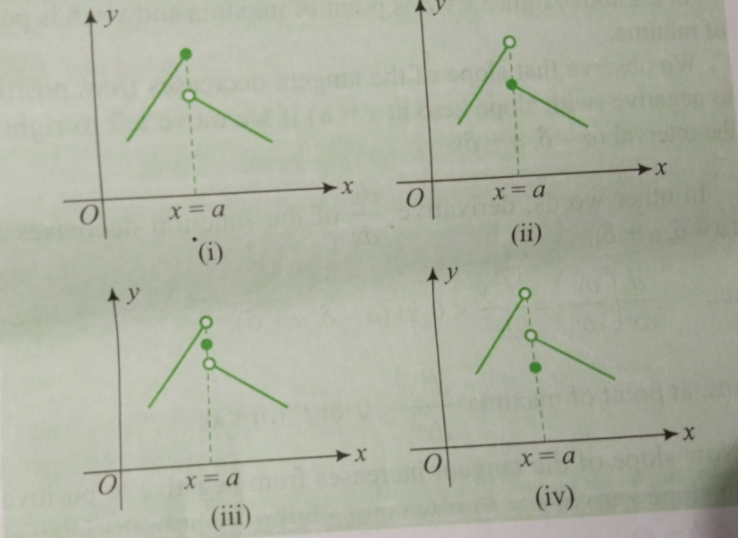
(i) f(x)>(a−δ) and f(x)>f(a−δ)
So,x=a is point of maxima.
(ii) f(a)<(a−δ) and f(a)>f(a+δ)
So , x =a is neither point of maxima nor point of minima.
(iii) f(a)<f(a−δ) and f(a)>f(a+δ)
So ,x=a is neither point of maxima nor point of minima
(iv) f(a)<f(a−δ) and f(a)<f(a+δ)
So ,x=a is point of minima.
Topper's Solved these Questions
- MONOTONICITY AND MAXIMA MINIMA OF FUNCTIONSBOOK - CENGAGE PUBLICATIONCHAPTER - MONOTONICITY AND MAXIMA MINIMA OF FUNCTIONSEXERCISE - Solved Examples
20 Videos
- MONOTONICITY AND MAXIMA MINIMA OF FUNCTIONSBOOK - CENGAGE PUBLICATIONCHAPTER - MONOTONICITY AND MAXIMA MINIMA OF FUNCTIONSEXERCISE - Concept Application Exercise 6.1
10 Videos
- METHODS OF DIFFERENTIATIONBOOK - CENGAGE PUBLICATIONCHAPTER - METHODS OF DIFFERENTIATIONEXERCISE - Multiple Correct Answer Type
7 Videos
- MONOTONOCITY AND NAXINA-MINIMA OF FUNCTIONSBOOK - CENGAGE PUBLICATIONCHAPTER - MONOTONOCITY AND NAXINA-MINIMA OF FUNCTIONSEXERCISE - Comprehension Type
6 Videos
Similar Questions
Knowledge Check
Consider the following graph of a quadratic function. Then whichjof the following facts are true regarding this quadratic graph?
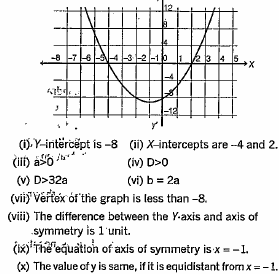 A(i),(ii), (iii) and (vi)B(ii),(iii),(iv) and (x)CExcept (v),(vi) and (x)Dall of these
A(i),(ii), (iii) and (vi)B(ii),(iii),(iv) and (x)CExcept (v),(vi) and (x)Dall of these
Graph of functions are given in the following figure. Check the functions for absolute extremum.
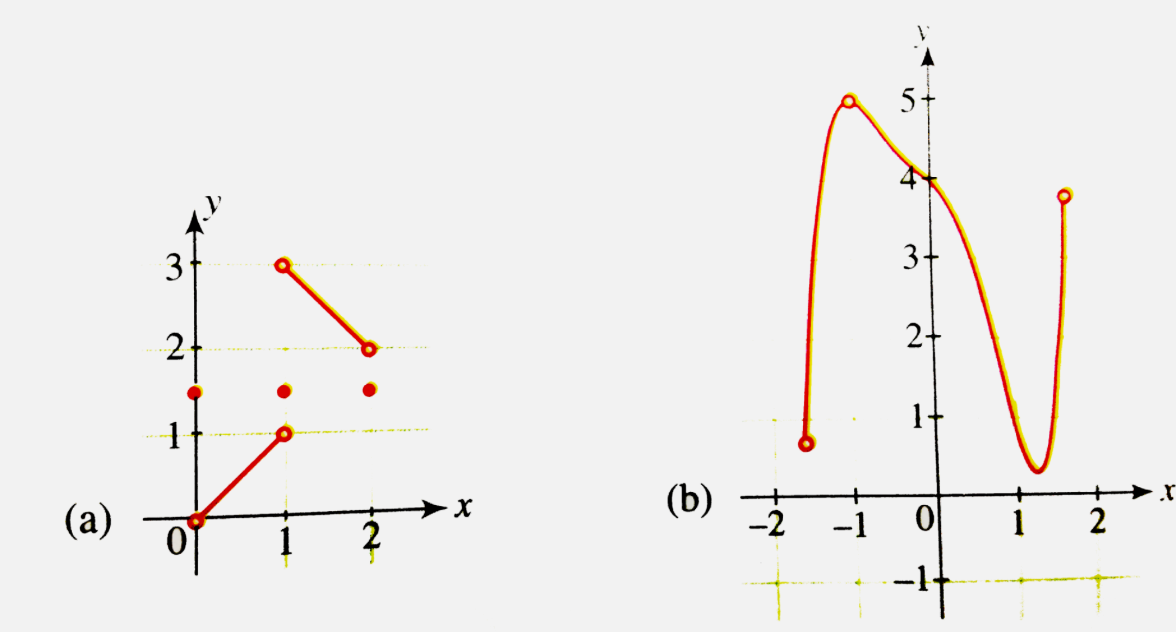
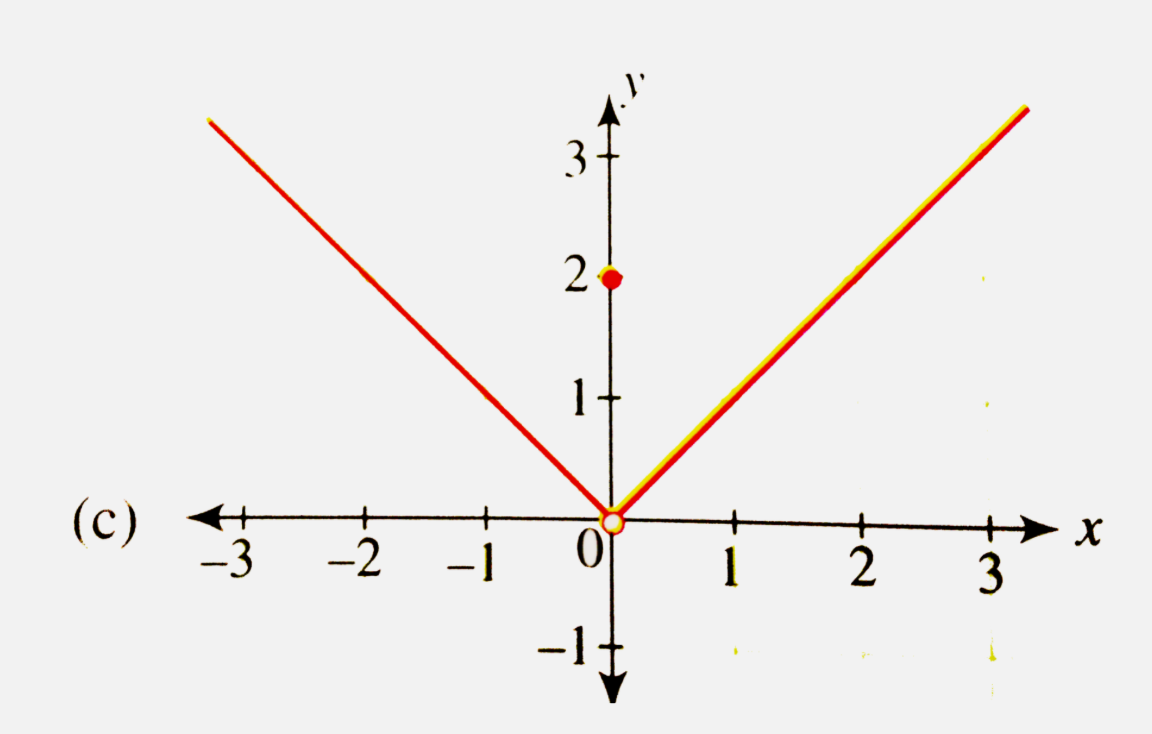
View SolutionConsider the following function f whose graph is given below.

Draw the graph of following functions.
(g) f(x−[x])
View SolutionConsider the following function f whose graph is given below.

Draw the graph of following functions.
(g) f(x−[x])
View SolutionConsider the following function f whose graph is given below.
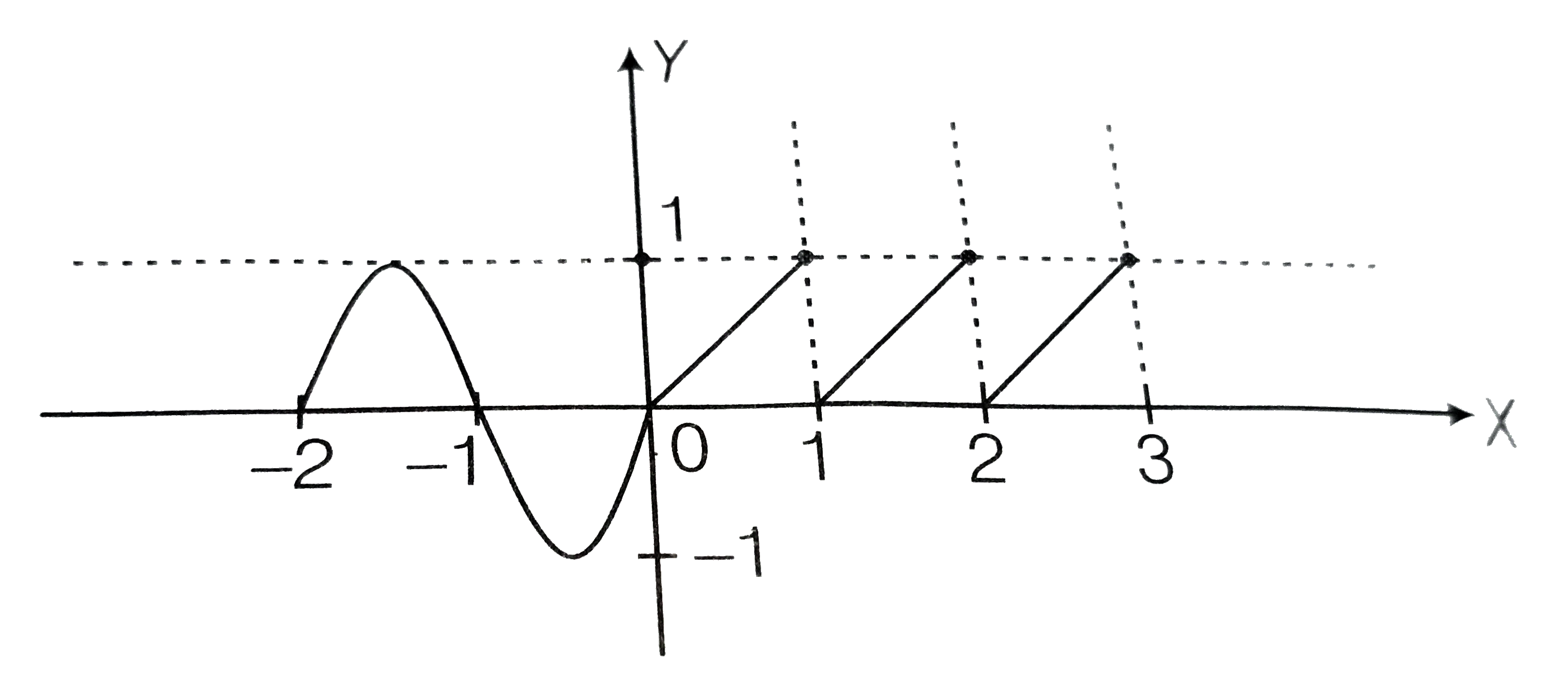
Draw the graph of following functions.
(a) f(x)+1
View SolutionConsider the following function f whose graph is given below.
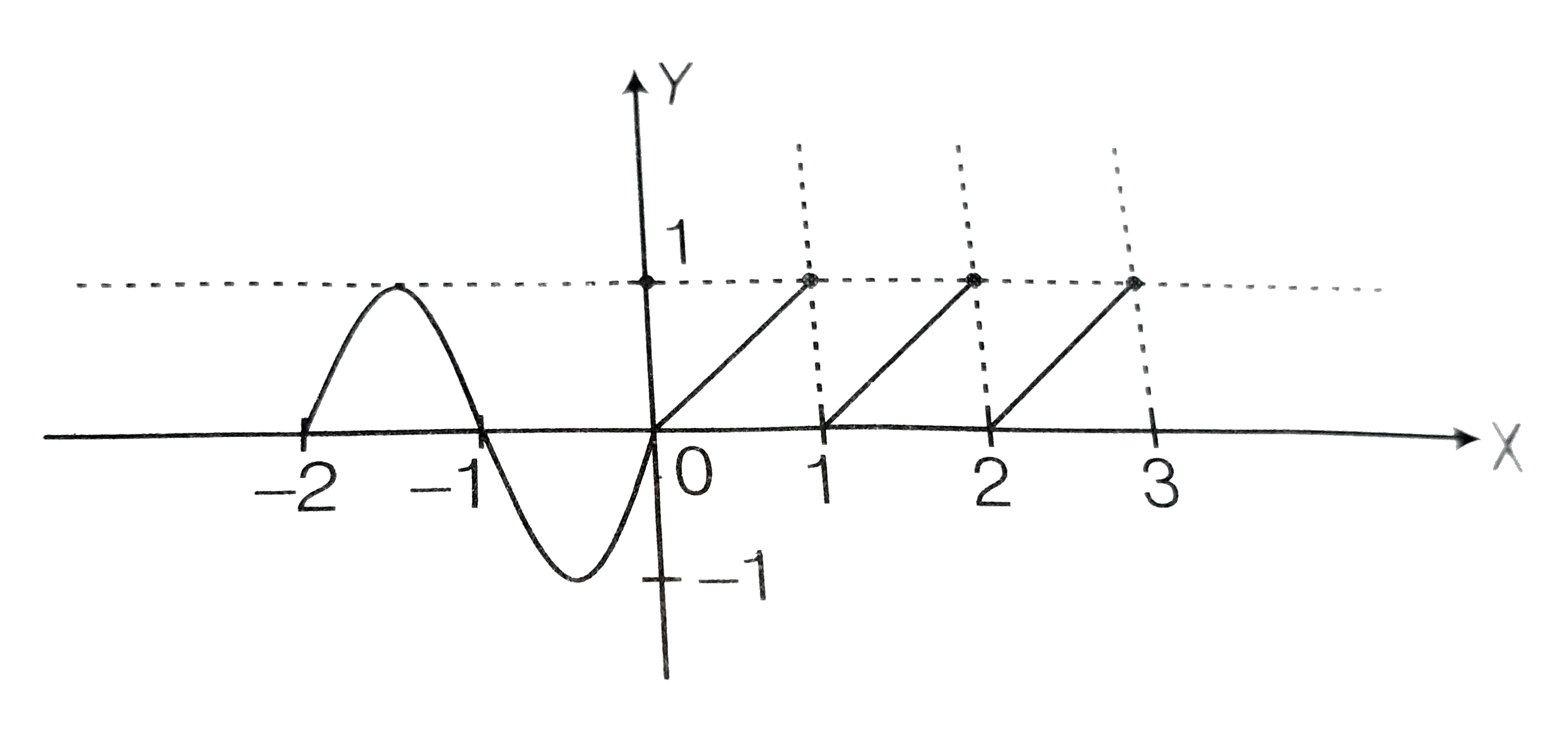
Draw the graph of following functions.
(b) f(x)−1
View SolutionConsider the following function f whose graph is given below.
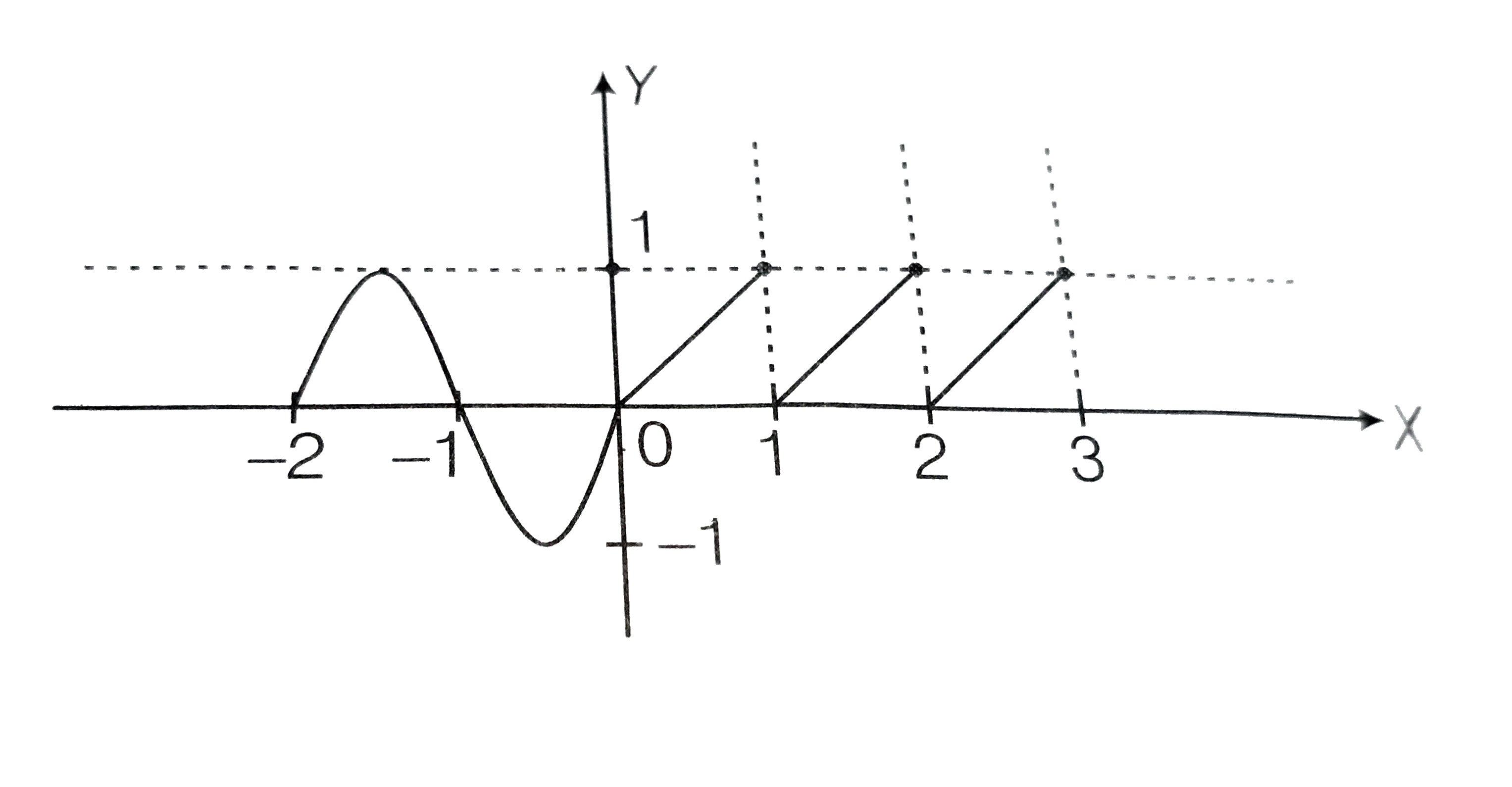
Draw the graph of following functions.
(c) −f(x)
View SolutionConsider the following function f whose graph is given below.
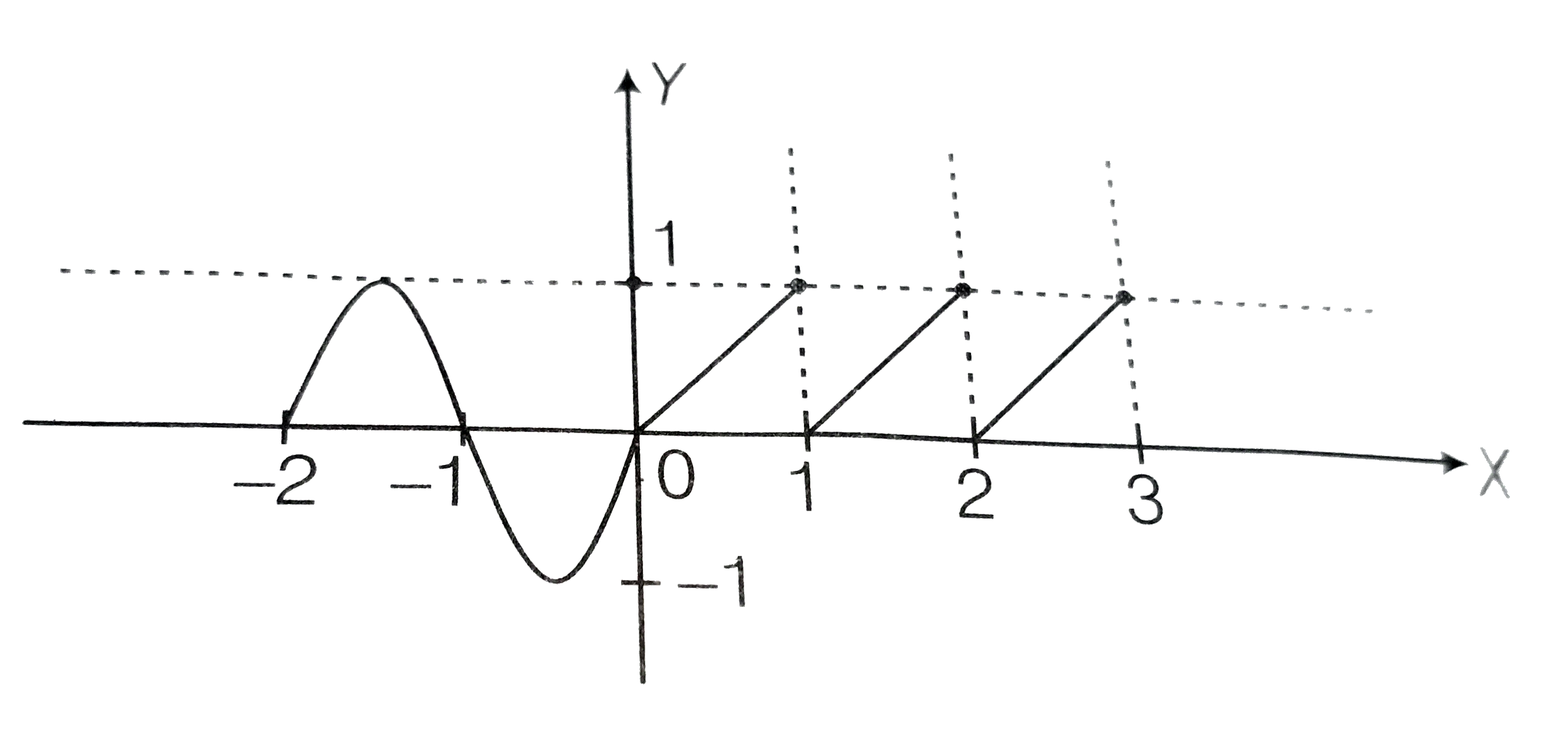
Draw the graph of following functions.
(d) |f(x)|
View Solution

